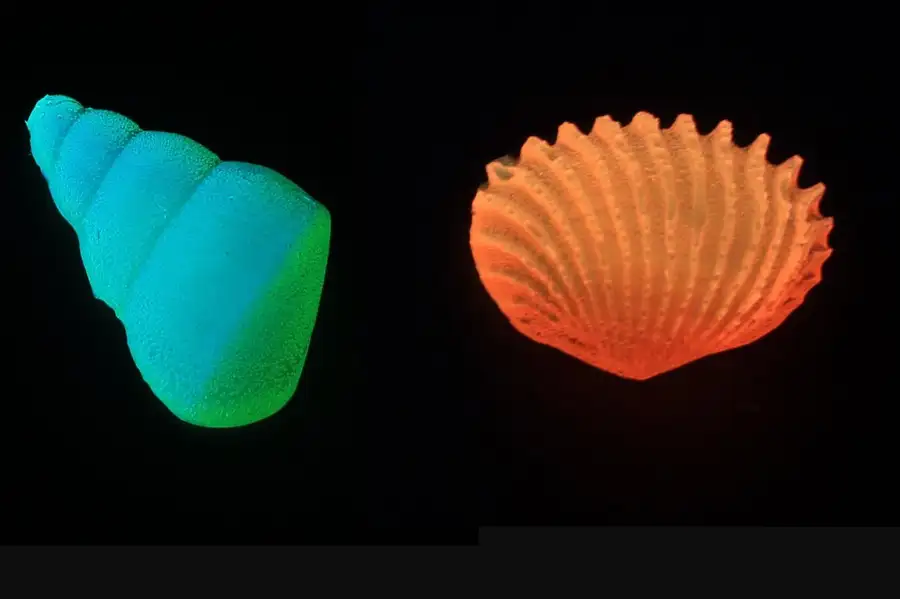Amino Acid Glass: A Breakthrough In Biocompatible 3D Printing
Scientists at the Chinese Academy of Sciences in Beijing have achieved a groundbreaking feat by developing an exceptional form of glass using amino acids. This innovative glass has the potential to revolutionize the field of biomedical devices as it can be 3D-printed and safely dissolves in the human body after use.

Traditionally, many glass materials contain compounds that are harmful to the environment and pose recycling challenges. Consequently, their application in medical implants or devices has been limited. However, the glass developed by Xuehai Yan and his team addresses these concerns. By utilizing chains of organic compounds known as amino acids, they have created a glass that is both environmentally friendly and biocompatible.
The use of amino acids in the glass composition ensures that it is safe for implantation within the human body. Furthermore, the capacity of the glass to naturally dissolve over time removes the necessity for invasive surgical procedures, thereby minimizing the potential for complications and enhancing patient well-being and comfort. This dissolution mechanism also makes the glass particularly suitable for temporary optical devices that may be required for specific medical procedures.
One of the key advantages of this new glass is its ability to be 3D-printed, allowing for the fabrication of complex shapes and structures tailored to individual patient needs. This opens up exciting possibilities for the development of personalized biomedical devices, such as optical lenses or sensors, that can be easily implanted and eventually dissolve harmlessly within the body.

The potential applications of amino acid-based glass are vast. It could revolutionize fields like ophthalmology, where biodegradable optical devices could be implanted to correct vision problems temporarily. The dissolution of the glass eliminates the risks associated with long-term implantation, such as infections or tissue reactions.
Additionally, this remarkable achievement sets the stage for the development of greener and more sustainable materials within the realm of glass manufacturing. By replacing harmful compounds with biodegradable amino acids, scientists are not only advancing biomedical technology but also contributing to a greener future.
